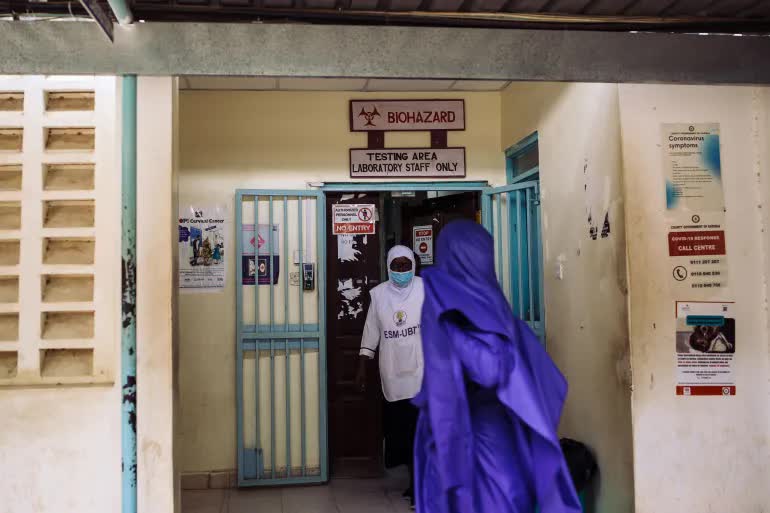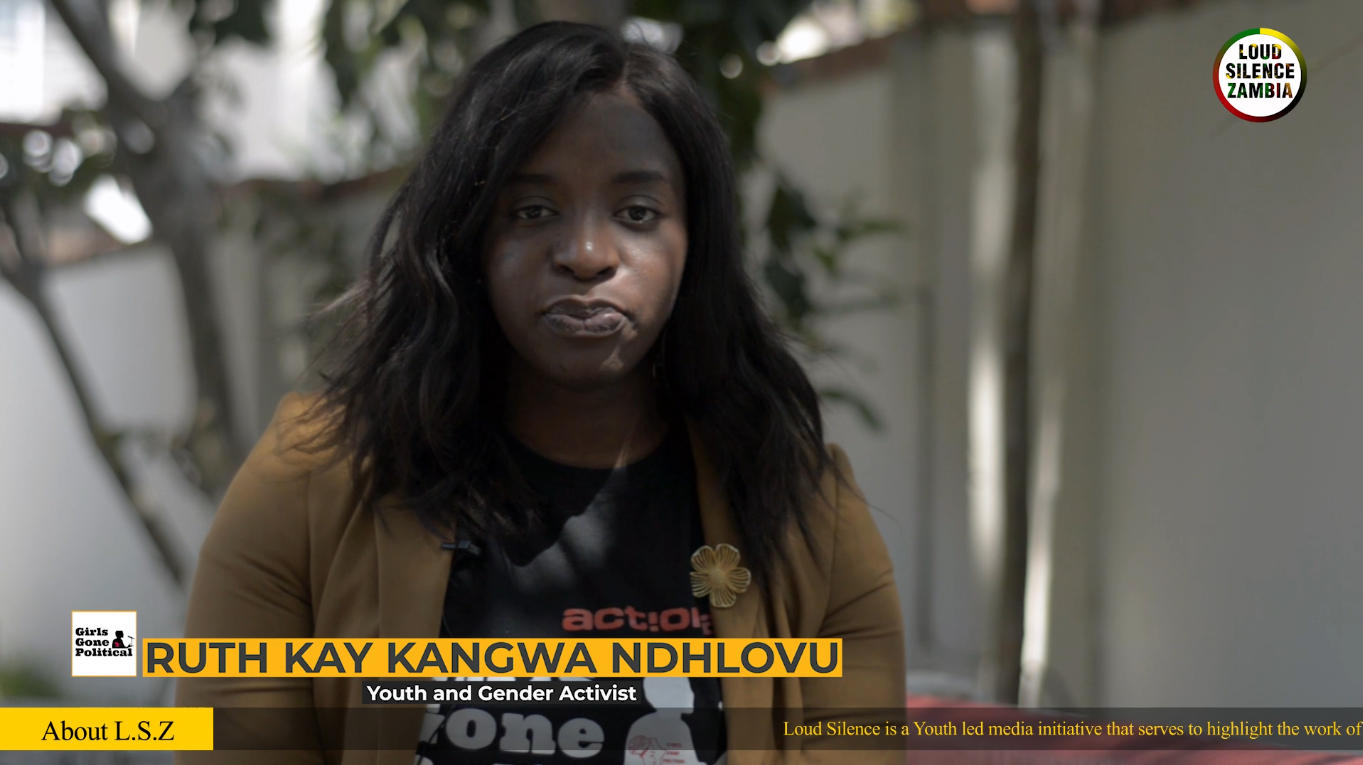Kenyan farmers battle toxic legacy of locusts 3 years on
Experts, including former FAO consultants, say multiple errors were made in a UN-coordinated campaign to tackle the locust invasion in Kenya.

Garissa, Kenya – In January 2020, one of the biggest locust plagues to hit the Horn of Africa in 70 years landed in Garissa, a remote town in northeastern Kenya near the Somali border. The region is honeycombed with small-scale croplands growing mostly maize and an array of produce – tomatoes, watermelons, bananas, lemons – belonging to farmers such as Mohammed Adan.
As millions of locusts descended, devouring all living flora in sight, Adan and his fellow farmers were horrified. This region is no stranger to locusts––the United Nations Food and Agriculture Organization (FAO) even has a designated Desert Locust Control Committee (DLCC) to mitigate periodic damage from locusts. Still, mayhem ensued during the plague.
The FAO spearheaded a “Desert Locust” campaign with a budget of more than $230m, in partnership with the World Bank and World Food Programme. Together, they aided Kenya’s Ministry of Agriculture in spraying a cocktail of pesticides across 100,000 hectares (250,000 acres) of land, home to 26,650 households.
Adan, responsible for a family of 11, was relieved to receive such support, as were his neighbours. After a rushed, impromptu workshop hosted by a government agricultural extension officer, where they learned how to mix the pesticides with water to fill knapsack sprayers, the farmers set off to save what was left of their crops. But the farmers say they were not briefed on what kind of chemicals they were given, nor provided with any protective gear.
Amidst the frenzy, Adan sloshed some of the concoction across his torso. He did not think much of it at the time. It was hours before he rinsed himself off with water, and weeks before he started feeling really sick with abdominal pain, nausea, and an inability to pass urine. Thus began a long journey of being shuttled in and out of hospitals. Now, three years later, he is facing the possibility of a sixth surgery.
“It’s hard to calculate how much the damages came to,” 28-year-old Abubakar Mohammed (Abu), one of Adan’s sons, tells Al Jazeera. “A lot of it can’t be [quantified].”
Bureaucratic aftermath
The Ministry of Agriculture has denied issuing pesticides to farmers; Ben Gachuri, a communications officer in Garissa told Al Jazeera by telephone that it was “impossible that farmers could have been instructed to spray [pesticides] themselves” and that in the “three years since the final spraying, no one has ever come forward with complaints about suffering effects from the pesticides”.
FAO representatives declined to publicly release reports about documented user errors and exact pesticide makeup information, or their procurement procedure. The East Africa regional office emailed a statement downplaying FAO’s role in selecting products – authorised or not. They also denied the possibility that untrained community members were involved, insisting that only “well-trained/properly equipped teams undertake controls, not communities or farmers”.
In March 2023, the DLCC hosted a meeting in Nairobi to tout its success in salvaging northern Kenya’s food security. The meeting, according to Christian Pantenius, a former FAO staff member who attended, failed to address multiple errors internally admitted by the FAO as part of their 2020 spraying campaign in Kenya and Ethiopia.
“I was so, so disappointed,” Pantenius, who worked as an independent consultant coordinating the campaign, told Al Jazeera. “It was a massive missed opportunity.”

Still, the FAO procured and distributed them to untrained community members against the advice of its own independent advisory body, the Locust Pesticide Referee Group (LPRG).
In a 2021 report, the LPRG expressed uneasiness about FAO’s choice of outdated chemicals: “In view of increasing concerns about the use of synthetic insecticides and the absence of new products evaluated for locust control, emphasis should be given to the least toxic compounds already evaluated in relation to human health and environmental impact.”
“If countries decide to use pesticides that are not supported by the FAO, such as carbofuran, they are within their rights. The FAO will just not use them in campaigns it runs itself,” said James Everts, an ecotoxicologist with the LPRG, in an email interview with Al Jazeera. “A compound like fipronil – banned in the UK, approved in the US, Australia, Belgium, and the Netherlands – is extremely effective against locusts. However, large-scale, long-term observations have shown that there is a long-term threat to ecological key organisms.”
The FAO’s East Africa office dismissed these concerns from its own advisory body and has insisted all pesticides were procured through official channels and are technically legal, according to Kenya’s Pesticide Control Board listing.
An internal report dated September 2020 that Al Jazeera obtained from sources at the Ministry of Agriculture showed that the FAO did not conduct required environmental and social impact assessments as per Kenya’s environmental laws. The report condemned the lack of communication with communities on the ground regarding when the pesticides were sprayed.











